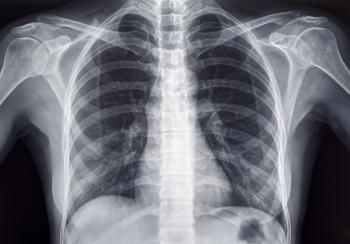
Comparing Two Minimally Invasive Surgery Techniques for Lung Cancer Surgery
According to a recent study in JAMA Network Open, robotic-assisted lung surgeries take a bit longer but seem to be just as safe as video-assisted surgeries.
Robotic-assisted lung surgeries take a bit longer but seem to be just as safe as video-assisted surgeries, according to a recent study in
Lung cancer is the leading cause of cancer-related death in the
Lobectomy is the most common type of operation for lung cancer, with approximately 40,000 lobectomies
Given the growing demand for lung cancer surgeries, the cost of surgical care, as well as
A group of surgeons and researchers, including first author
The retrospective cohort study included 1,088 patients aged 18 to 90 years who underwent either robotic-assisted (41%) or video-assisted (59%) lung lobectomy between January 1, 2020, and December 31, 2022 at Kaiser Permanente Northern California, a multicenter hospital system. The primary outcome measured was the duration of the operation (from cut to close) in minutes, with secondary outcomes including length of stay, readmission within 30 days, and death within 90 days.
The results showed that the robotic-assisted surgery lasted 20.6 minutes longer than video-assisted lobectomy, on average. However, there was no significant difference in the secondary patient outcomes. The lengths of stay and risk of 30-day readmission were similar between the two modalities. The 90-day death rate was too low for meaningful analysis.
While 20 minutes may not seem like much of a difference, the authors emphasize the value of this time savings in their paper. “Health care resources are finite and must be judiciously allocated,” they wrote.
“The operating room is an expensive, resource-intensive environment, and efficient use must be a priority. Inefficient use can lead to case backlogs and delay other patients’ care. From a resource utilization perspective, this study preliminarily suggests that a robot should be used selectively,” the authors concluded.
Newsletter
Get the latest industry news, event updates, and more from Managed healthcare Executive.

















































